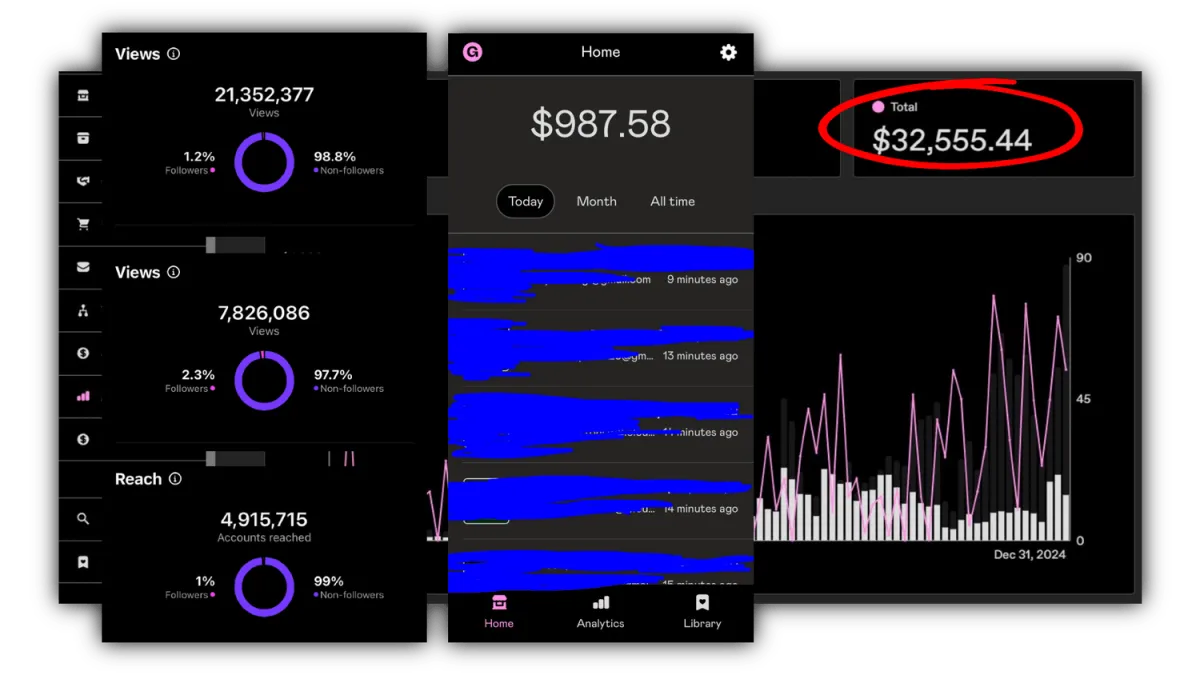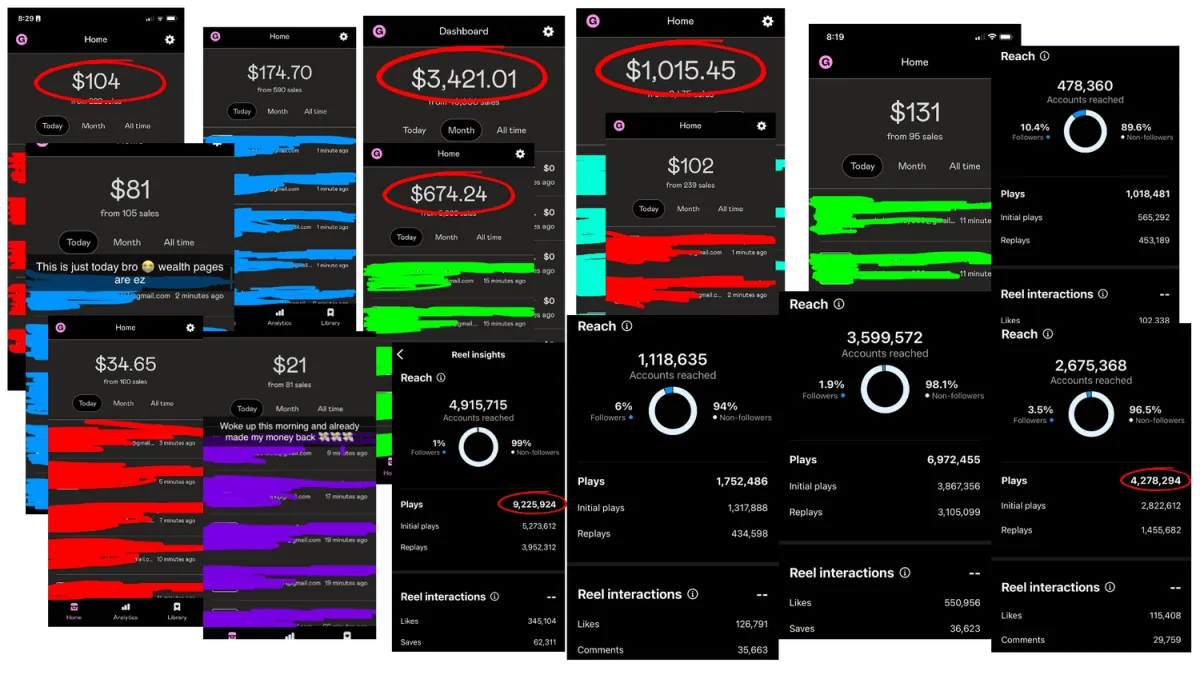🔴 LIVE – Only 5 Spots Left!
For Those Who Want to Escape the System & Make Money Online…
New 'Money Page' System Lets Complete Beginners Earn $200-$500/Day From Their Phone...
No Face, No Experience Needed, Just Copy & Paste This Wealth System!
Watch this to learn more





Still scrolling Instagram...
but not earning from it?
If you’re already on your phone every day, you might as well make it pay...
And no, this isn’t one of those shady get-rich-quick things...
At MoneyGram, we’ve helped 1,344+ people start faceless Instagram pages that grow on autopilot using AI tools and affiliate income — no followers or experience needed...
We call it: Money Pages — a simple system that turns viral content into real cash flow...
Here’s how it works...

What is a...
"Money Page"?
Money Pages are faceless Instagram accounts designed to generate income — without showing your face, building a brand, or posting 24/7...
They take just 20–30 minutes a day to run (even if you're a complete beginner), and they’re powered by our secret weapon: AI automation...
Sounds wild? Here's what makes Money Pages so powerful:
🚫 No face required, stay completely anonymous
📱 Start with just your phone, no expensive gear needed
🌎 Run from anywhere in the world
🧠 Fully automated using Manychat DM Sequence Templates
💰 No product? No problem, we use affiliate offers that pay you
🕒 Only takes 15–30 minutes a day to manage
🧱 Stackable, build one, or scale to many
I started with one Money Page.
Now I run multiple — with millions of followers and steady passive income rolling in every day...



Anyone Can Start A Money Page
Build Your Money Page With Our Simple Step-By-Step Plan...
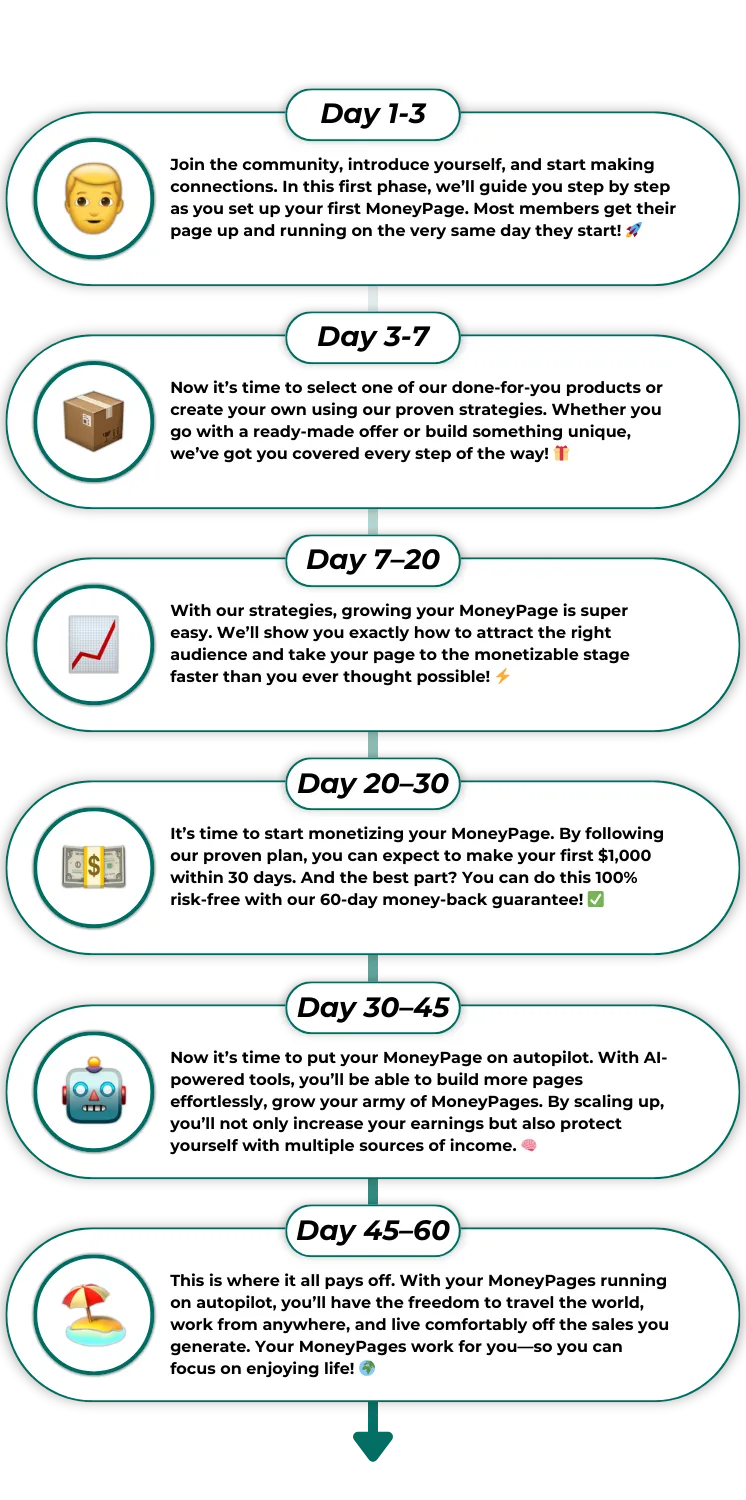
Now... Because so many people ask me how it works and how they can start, grow and make money with Instagram Money Pages too, I decided to create...
Introducing...

Here's what's inside:
MONEY PAGE ACCELERATOR
Value: $752
Launch your first faceless IG page in under 1 hour. No experience needed to start...
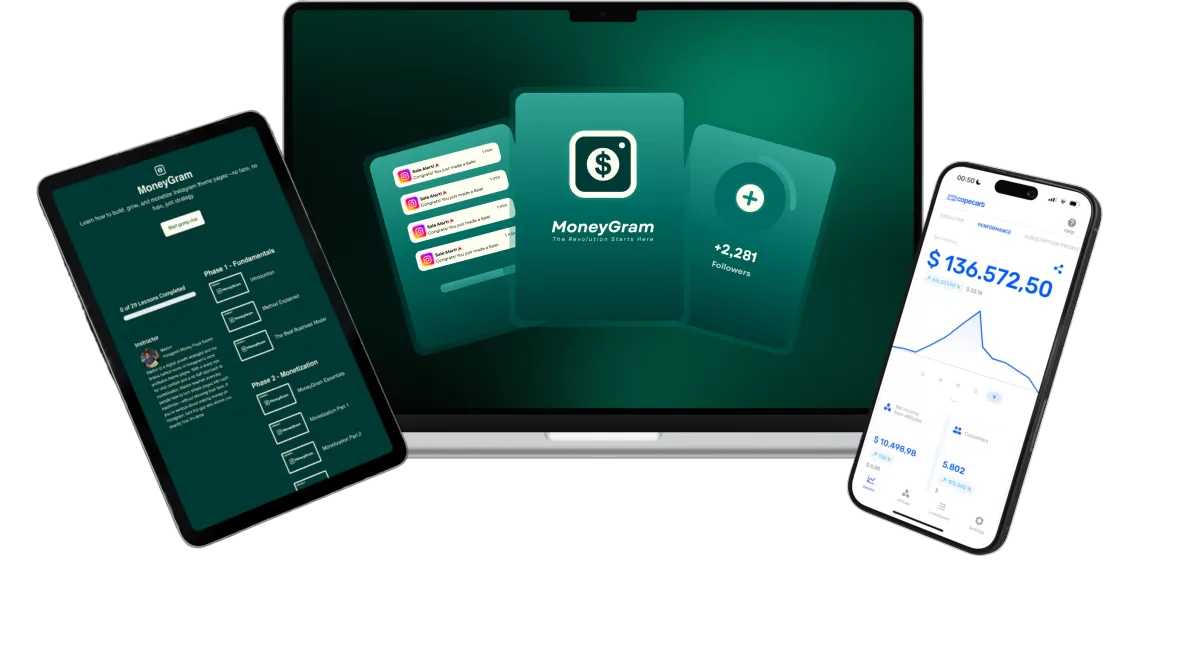
AUTOMATE & SCALE: DM PROFITS SYSTEM
Value: $834
Automate DMs, boost engagement, and close sales on autopilot with our plug-and-play Manychat systems. Built by pros, perfect for beginners.
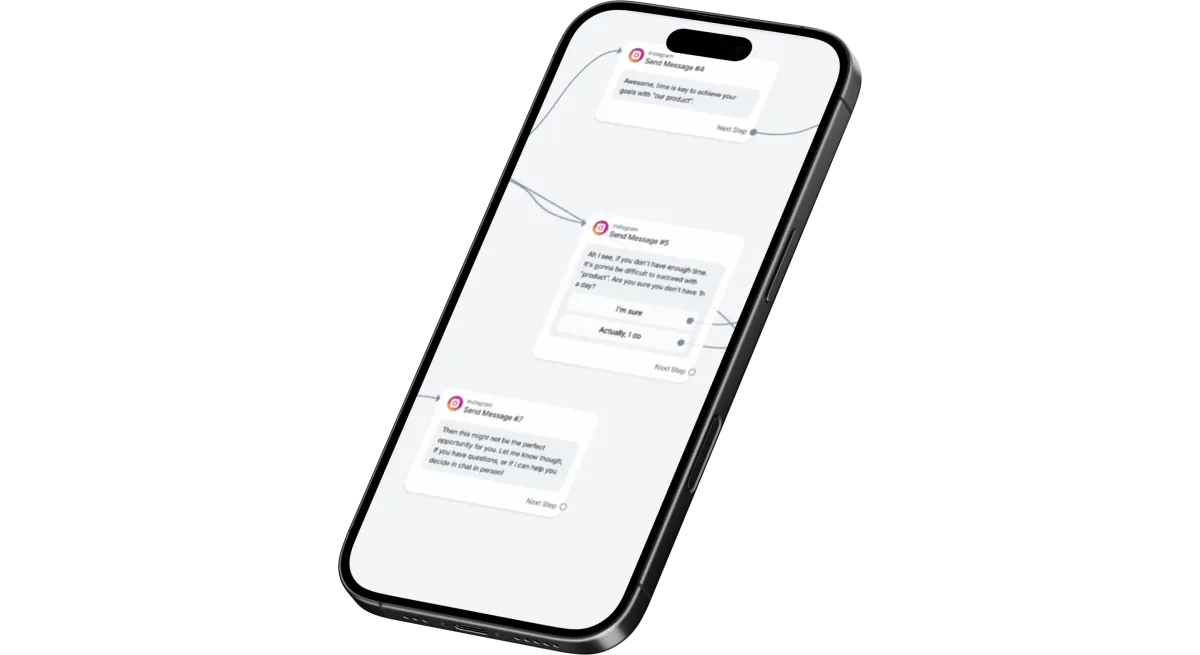
LESSONS UPDATED EVERY MONTH...
Value: $329
Most courses go stale fast.
Trends change, platforms update, and what worked last month might flop today. That’s why MG updates lessons every month, so you're always ahead of the curve – and the competition.

PREMIUM MENTORSHIP
Value: $581
Most people fail online because they get stuck and have no one to ask... They hit a roadblock, feel lost, and quit. We call this the "Failure Cycle"
At MoneyGram, we break that cycle with our private expert network, with over 200M+ views and 2M+ followers, ready to help you win...
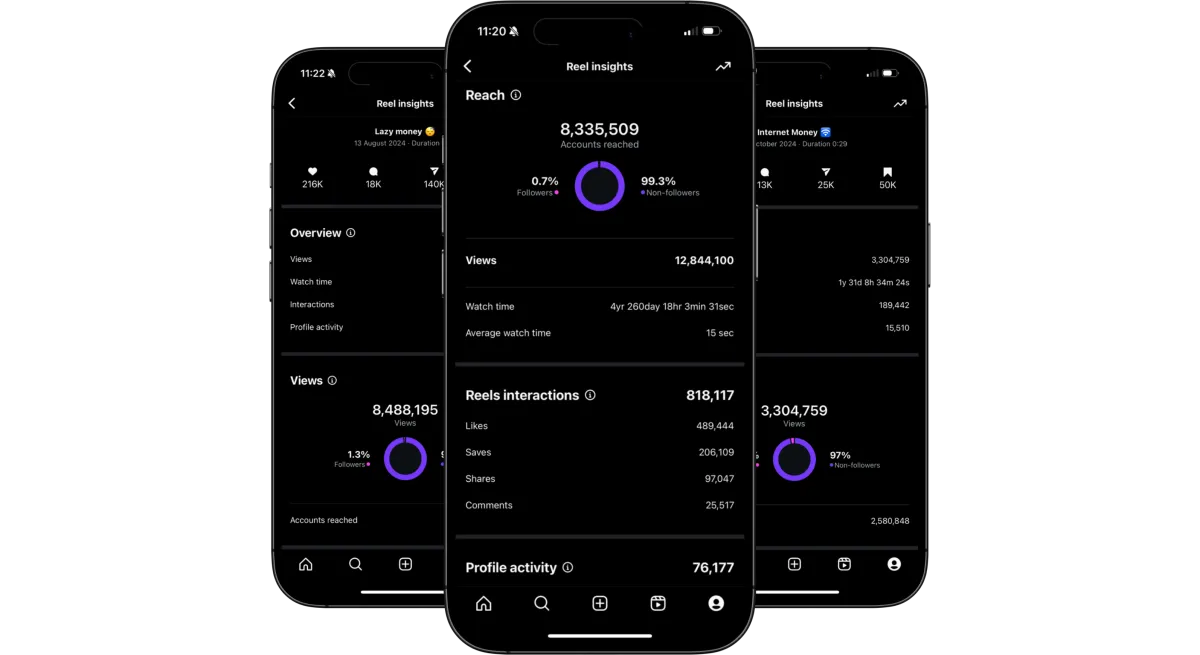
TOTAL VALUE: $2,497
YOUR PRICE TODAY: $47




PLUS, GET THESE FREE BONUSES WHEN YOU JOIN TODAY...
🔥 BONUS #1 – The 10x Instagram Formula
Our simple C.A.S.H. method to grow fast, go viral, and cash in — even with 0 followers.
💎 BONUS #2 – Hidden Software Secrets
Unlock the free tools we use daily to find viral ideas and make scroll-stopping Reels.
🚀 BONUS #3 – Done-For-You Funnel
Skip the tech headaches. We hand you our ready-to-use 6 Figure Funnel that turns views into income.
🏆 BONUS #4 – Money Page Mastery (Preview)
Get insider strategies from our top students pulling in $1K–$10K/month. Yours, free.
📂 BONUS #5 – Money Page Essentials
Instant access to viral sounds, luxury clips, fonts, templates, and everything you need to stand out.
🧠 BONUS #6 – Chikara Mode (Mindset Upgrade)
Shift into digital CEO mode. Get the focus, discipline, and energy to build real wealth.



THIS IS FOR YOU IF...
✅ You want to build an income machine with your phone
✅ You don’t want to show your face
✅ You’re tired of dead-end side hustles
✅ You want a simple, repeatable system
YOU CAN BECOME OUR NEXT SUCCESS STORY...

THE "TRADITIONAL" ROUTE
The Traditional Path...
What most people do:
• Spend $40,000+ on a degree...
• Work for years in a job they don’t love...
• Hope one day they can afford freedom.
That’s what we call the “slow path.”
THE NEW ROUTE TO MAKE MONEY...
What our students do instead:
• Launch their first faceless Instagram page...
• Start earning online in a few weeks...
• Build a real income stream they control — no boss, no office, no stress.
And the best part? You can do it all with just your phone.
Nothing is holding you back from getting rich online anymore...
All you have to do is follow the blueprints we give you, and you can become our next success story...
If you’ve read this far, I already know you’re not average...
You’re looking for leverage, automation, and real-world income streams...
That’s what MG is built for — and that’s why smart people are jumping in everyday...
Stay stuck... or join the top 1% who build online freedom...



🔓 Here’s what you unlock the moment you join MG...
WITHIN MONEYGRAM YOU'LL:
✅ Copy & paste our proven “First $1,000” blueprint — even as a beginner
✅ Use our AI-powered tools that handle 95% of the work for you
✅ Get weekly lessons with up-to-date strategies that keep you ahead
✅ Discover brand-new methods built to work in 2025 & beyond
✅ Join a private community with mentors + million-view students
✅ Unlock the exact strategy that generated 30M+ views in 30 days



What Members Are Saying
About MoneyGram!

"MoneyGram is a game-changer! I had no clue where to start with making money online, but this course broke down everything step-by-step. The faceless Instagram Money Pages strategy is genius, and I’m already seeing results. Highly recommend to anyone wanting a solid online income!"

- Thomas Granger

"I was skeptical about online courses, but MoneyGram exceeded my expectations. It’s clear, practical, and beginner-friendly. no fluff or confusing jargon... The support is fantastic, and the strategies for growing Instagram pages without showing your face actually work. Worth every penny!"

- Jack Thornton



WE CAN ONLY SHOW YOU THE DOOR...
The Only Risk Is Doing Nothing...
In 30 days, you’ll either be making money, or wishing you started today...
TAKE ACTION
Start Earning Today...
Become Financially Free...
Instagram Money Page Accelerator
Professional Templates For Manychat Dm Automation
Work from Anywhere
Premium Mentorship To Help You Everyday
New Up-To-Date Lessons Every Month
Premium Network With Like-Minded People
No Experience Needed
Passive Income Machine
Total Value: $2,497
FREE BONUSES
Claim Your Spot Today!
DO NOTHING
Stay A Consumer
Lose 8 hours a day
Work for someone else
Stay stagnant
Work a 9-5 Job
Pay $35,000 for University
Stay inside the rat race
Stay around losers
Follow the conventional route
Retire in 60 years
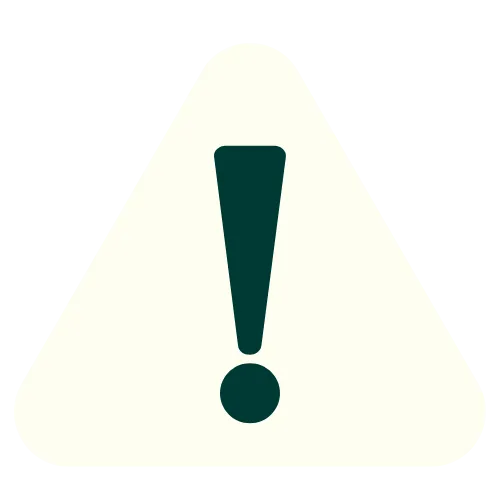
LOCK IN YOUR SPOT NOW!
Only 100 spots available this month.
Once they're gone, doors close until next month.
At any time your spot could be taken.
Once the spots are gone for this month,
The price will increase and you will also
miss out on the free bonuses.

Total Value if You Join NOW: $2,497

Why MoneyGram is
NOT a Scam...
I get it, there are so many online programs promising to teach you how to make money, but most of them just take your cash and leave you with nothing valuable. That’s exactly why MoneyGram (MG) is different. Here’s why:
✅ 1. REAL Student Results
MG isn’t based on hype—it’s based on actual results from real students. Scroll up and see the screenshots, testimonials, and proof of students making money after following the exact system inside.
✅ 2. No Empty Promises—Just Proven Strategies
Unlike shady "get-rich-quick" schemes, MG teaches real online business models that people are using TODAY to generate income. These are tested, repeatable strategies, not just "theory."
✅ 3. 60-Day Money-Back Guarantee
If you’re not happy with MG, you have a full 60 days to get your money back. No questions asked. If this was a scam, would I offer a risk-free refund policy?
✅ 4. No “Too Good to Be True” Promises
Making money online is possible, but it’s not magic. MG doesn’t promise you’ll be a millionaire overnight. What we do promise? A clear, step-by-step system that, when followed correctly, can lead to real, sustainable income.



GOT QUESTIONS?
QUICK ANSWERS...
I’ve tried online courses before, why is this different?
Most courses just give you theory. MG gives you a proven step-by-step system, software that's does 95% of the viral content creation, real student mentorship + everything else we have to offer...
Will I require more money after I join MG?
Upon entering MoneyGram you will not need to invest anymore more money after joining to succeed...
How does Instagram make you money?
Instagram doesn't pay creators directly, but you can still monetise your audience very easily. This is through utilising monetisation methods like digital products, promotions, affiliate marketing, and the 13+ other secret methods we teach inside of MoneyGram!
Does my age matter?
No it doesn't. Age is just a number. If you put in the work and apply the strategies from MoneyGram, results will come naturally...
I don’t have any previous experience. Is that a problem?
No not at all, within MoneyGram, we'll show you the exact step-by-step process from absolute zero. Whether you have years of experience or none at all, MoneyGram is for you...
How long does it take before I start making money?
It's obviously depended on how much effort you put it. Most students start making their first cashflows within a week of joining.
I'm from X country, can I still be successful?
Ofcourse! Within MoneyGram, we teach students how to make money regardless of their location.
How much time do I need everyday to be successful?
Dependable on whether you use our AI System, you will need between 20 - 60 minutes per day maximum.
Do I have to show my face?
No! 99% of our students work completely anonymous, while still getting insane results.
How will I get access?
Upon purchase, you will get Instant access to the full Instagram Money Page course + bonuses. Then you will also receive a video on how to gain access to Manychat and Join MoneyGram for the Premium Network and Mentorship!




FOLLOW US
Copyright 2025. MoneyGram. All Rights Reserved.
